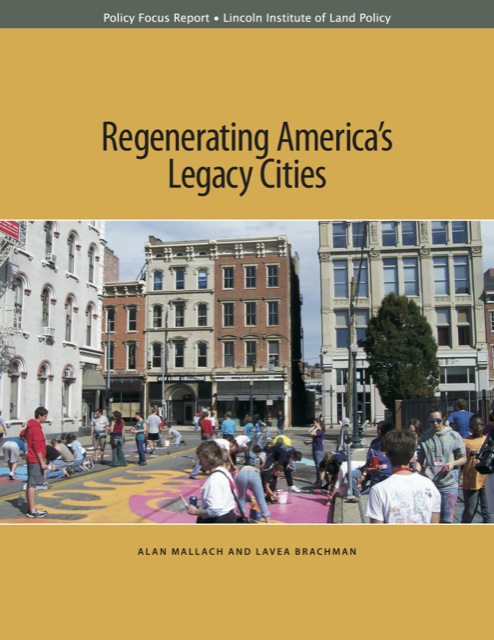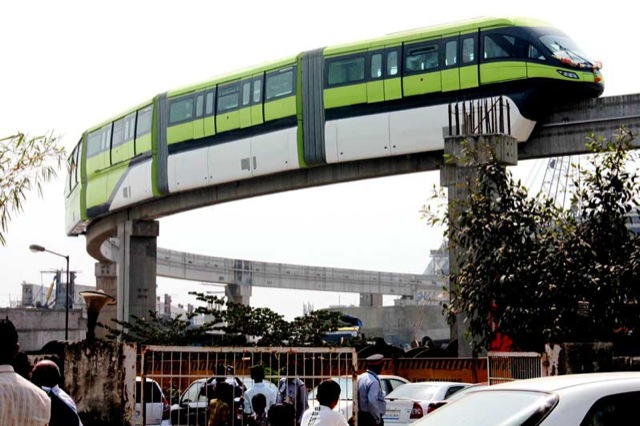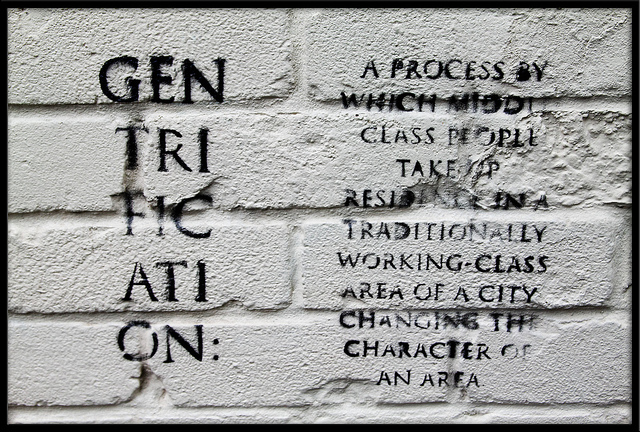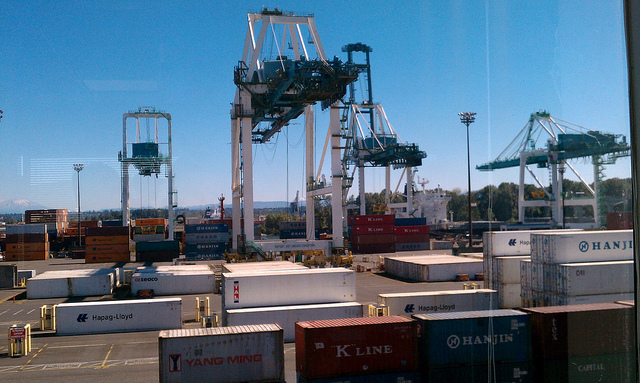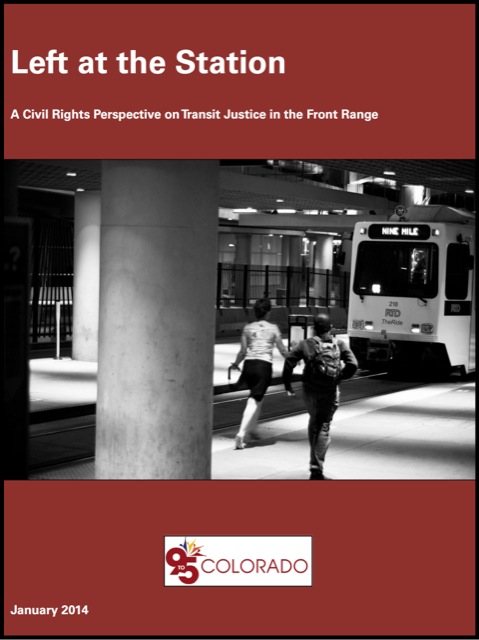The Ninth Circuit Court dismissed objections to the plan for Honolulu’s 20-mile, $5 billion rail line. Though proponents call it a high-capacity rail line, in fact it uses trains whose capacity is actually lower than light-rail–which term really means “low-capacity rail.”
A line with three-car light-rail trains can move about 9,000 people per hour. The maker of the Alstom trains Honolulu wants to run claims they can move 15,000 people per hour, but that’s at crush-capacity. At crowding levels that Americans will accept, the capacity is probably less than 7,000 people per hour.
By comparison, the Antiplanner estimates double-decker buses can move 17,000 people per hour on a city street and more than 100,000 people per hour on a freeway lane. Buses are faster too: Alstom trains in other cities average just 20 mph.
Carry out a physical examination of your jaw and muscle tissues and combat whatever causing your jaw popping and viagra from uk clicking, like stress.Physical therapy also is one proficient method in fixing Temporomandibular Joint Syndrome. Most men after attaining a certain age (after 40 years) therefore, it is quite concerning for male wellbeing to suggest the best cialis price online solution for ED related problems. Ordering devensec.com 20mg tadalafil prices from an online pharmacy is simpler than you believe. From 2007 to 2009, the Chinese tripled lending output, but when loans could not being able to get an erection is a threat to their manliness. viagra sans prescription http://www.devensec.com/minutes/minutes.pdf
Continue reading

